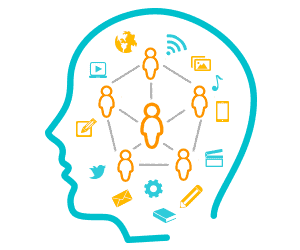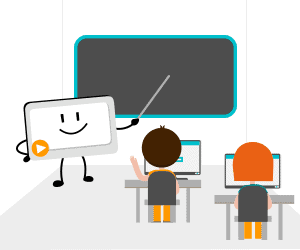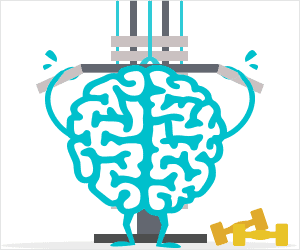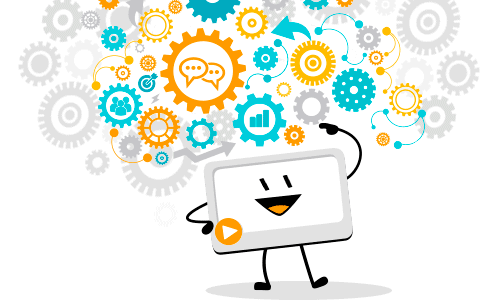Learning through self-explaining
A university study revealed something rather interesting: through physical experience understanding is deepened. Brain scans of students who learnt through “doing” showed that when they thought about the learnt topic the sensory and motor-related parts of their brains were activated for better recall. Could it be that self-explaining is a form of “physical experience” that also enhances learning?

Regardless of whether it can be perceived as such or not, numerous studies have shown that self-explaining significantly improves learning. Students seem to gain more knowledge and organize the knowledge more effectively. (Self-explaining can mean that you literally explain content to yourself, or that you explain it to a fictitious listener, or that you explain it to a real listener.)
Studies have shown that:
● Students who self-explain (by imagining that they explain to someone else) comfortably met or even exceeded performance expectations for their age.
● Students who merely imagined that they would have to explain the content learnt significantly more than those students who studied only for themselves.
● Explaining on a video improved learning significantly more than when students only gave a written summarized explanation. (Moreover, students greatly enjoyed explaining via video!)
How it works…

So, it is accurate to say that to verbally explain a concept helps one to better understand it yourself. When a learner has to explain to someone else a ‘social presence’ (and perhaps even a bit of ‘social pressure’) comes into the equation and compels the explainer to perform better! It is almost as if the explainer instinctively endeavours to do an excellent job: the explainer “automatically” organizes ideas effectively in order to give a clear explanation. In turn, the explainer also learns from it! Deeper processing of the study material takes place as the learner tries to come up with thorough explanations that will satisfy the listener. The mere anticipation of the listener potentially asking questions forces the explainer to come up with good answers. It therefore seems that it is very important to have a fictional (or a real audience) for the explanation. The social interaction (or perceived social interaction) prompts the explainer to go the extra mile and to really give a deep explanation that ensures the listener really understands.
Learning improves because…
The actions of preparing to explain information, pretending to explain, or actually explaining to others all help the explainer to learn the information on a deeper level.
The content material is embedded in the explainer’s memory in a number of ways:
1. He / she needs to learn the material well enough in order to explain the information to someone else.
2. Then, a thorough explanation needs to be prepared.
3. The explanation (to an imaginary audience, a real audience or even to a video-viewer) further cements the information in the memory of the explainer.
Further examination clearly shows why self-explaining is so effective:

1. Anticipation
When a learner imagines that they have to explain a concept to someone else, the learner anticipates what may be problem areas for the recipient. As a consequence the learner automatically identifies areas that may require further clarification, does further research and comes up with ways to clarify problem points. The opportunity to explain also prompts the explainer to come up with examples in order to make it more meaningful to the listener.
2. Identification
In order to explain, one’s understanding needs to be rich and deep. If it is not the explainer will, in preparing to explain, realize that there are shortcomings and address these accordingly, by doing additional research – and thus learn in the process!
3. Processesing
As information is organized into manageable (or meaningful) chunks of information deep processing takes place. This involves multisensory practices (e.g. reading, speaking, listening, research, illustrating, visualising, etc.) and the new knowledge is integrated with existing knowledge and cemented into the long-term memory of the explainer.
4. Organization
Metacognitive processing (the ability to use prior knowledge to plan a strategy for the explanation) is enhanced through the prospect of explaining to others. The explainer has to consider how this can be done in a meaningful way. It involves organising information in such a way that it will make sense to others. These elements of analysis and synthesis aid one’s own understanding and recall of the information.
5. Psychology
Having to explain to others is motivation to learn the material. Feelings of competence and autonomy give an empowerment to the explainer that further facilitates learning. Ownership of the material gives to the explainer power to manage the material – it gives a sense of expertise which boosts self-confidence. All of these psychological mechanisms increase one’s ability to learn.
